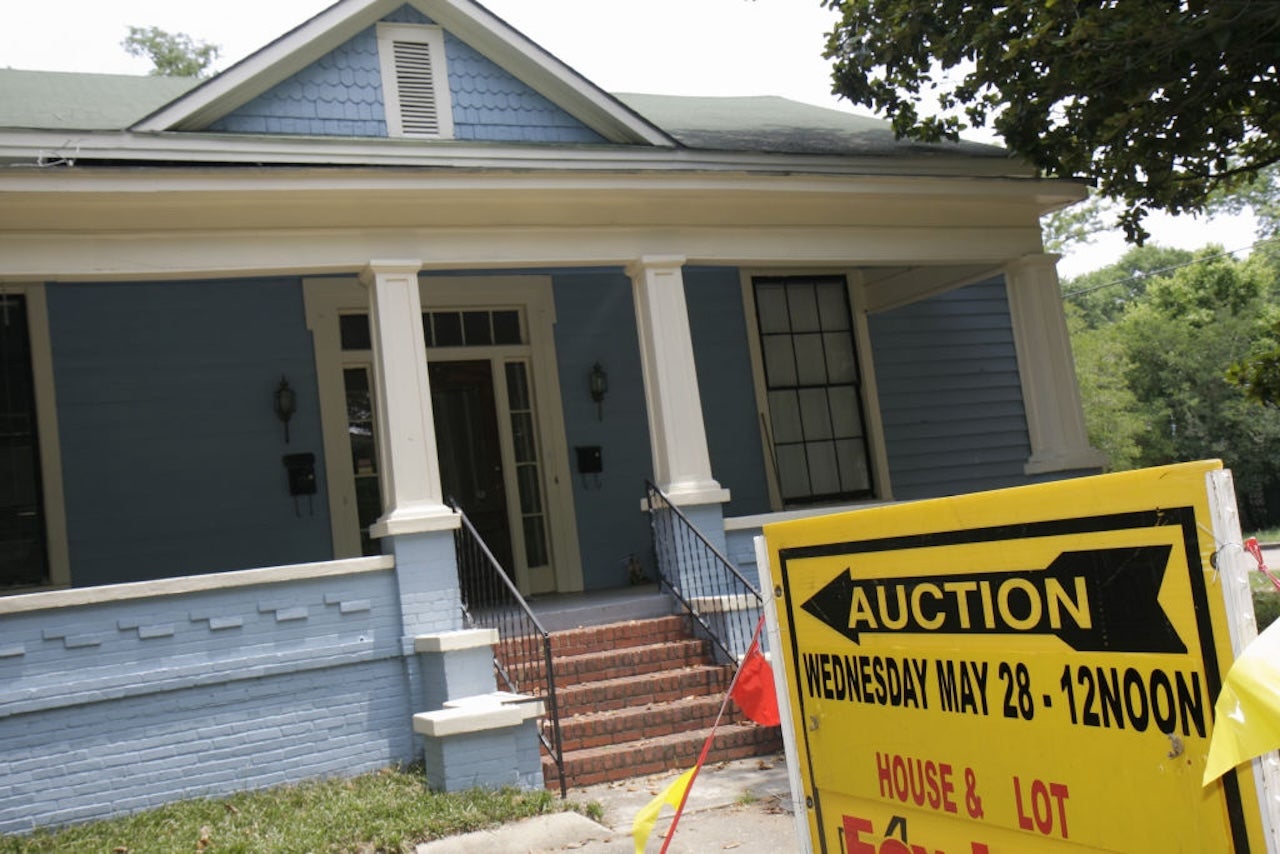How to find real estate comps for my house



Key takeaways
- Real estate comps, short for comparables, are a way to gauge how much a property is worth by comparing it to other, similar properties.
- Real estate agents and home appraisers use comps, among other things, to determine home values.
- To find them, you need an understanding of the characteristics your home shares with others in the area, and what — if anything — makes it unique.
In real estate, comparables — known as comps for short — are one of the most important tools used to determine how much a home is worth. Whether you’re trying to price your home for sale, buy a new one or just gauge property values in your area, here’s a rundown of everything you need to know about real estate comps for your house, and how to find them.
What are real estate comps?
Real estate comps provide you with a set of properties that share similar characteristics to your own, making them ideal for price comparison. Typically, comps also come from the same area and the same, recent time period. For example, if you’re trying to compare a two-bedroom, one-bathroom house, your comps would include other two-bed, one-bath houses in your neighborhood that have sold over the past several months. They might also include properties that are currently on the market.
Comps are important for the valuable context they provide. “Real estate comps are imperative to fully understand the state of today’s real estate market,” says John Ameralis, a broker with the Ameralis Group in New York City. “They include active, in-contract and recently sold properties in the trailing six months.” Assessing them can help you arrive at the fair market value for a house you’re either trying to sell or considering purchasing.
Some of the key factors that are generally considered when identifying comps include:
- Location
- Square footage
- Number of bedrooms and bathrooms
- Condition
- Property style and age
- Home improvements, renovations or amenities
An important caveat on comps: They’re not foolproof. Unless you’re looking at a row of exactly uniform properties (think brand-new, adjacent townhouses), there are always going to be slight differences. “Every property is unique in its way,” says Ameralis. “So, although you can find closely comparable properties, none will be identical.”
How to find real estate comps
All it takes to find appropriate real estate comps is a little bit of research. Here’s how to go about it in four easy steps:
1. Understand your home’s specs
To find appropriate comps for a house — whether it’s one you want to sell or want to buy — your first step is to get clear on the property. Make a list of all the details that define it, such as where it’s located, its size, how much land it sits on, the number of bedrooms and bathrooms it has, whether it is part of a homeowners association, etc. Don’t forget any special amenities or upgrades, such as skylights, a high-end chef’s kitchen or a swimming pool. To drill down even further, identify other factors that could also impact the home’s value, such as the school district it’s in or its proximity to public transit, shopping and parks.
2. Search for similar, recently sold homes
The next step is to look for recently sold or pending properties with similar characteristics. If you’re working with a real estate agent, he or she might consult the local MLS (multiple listing service) to give you a rundown. If you’re starting out on your own, sites like Zillow and Realtor.com can give you a sense of the local market.
When conducting online searches, it’s important to filter for sold homes, not simply listed ones: Listings only show the asking or list price, not the price a property actually sold for. In addition, set your search parameters to the same neighborhood and to similarly sized homes, as well as the same type of property you’re comparing. In the case of a condo, for example, search only for other condominiums — a wider search that incudes single-family homes will give you misleading information. Pay close attention to other amenities, too, such as whether parking is included.
Ameralis recommends looking for properties that have sold within the last six months. If the housing market in your area has been slow, you may have to look beyond the six-month mark — but that’s not likely in most places these days.
3. Narrow down your list
Once you’ve identified comparable candidates, inspect them more carefully to find the ones that are most similar to yours. Ameralis suggests compiling a list of four to six comps in order to appropriately evaluate your property.
If you live in a very active housing market, you may want to get ultra-specific about your criteria. For example, two homes with similar square footage and finishes, within a quarter mile of each other in the same school district, both with in-ground pools, are likely to have very similar values. Conversely, if the home you’re evaluating is unique, unlike what has sold nearby or in a very sparsely populated area, you may need to relax your search criteria.
Remember, there’s only so much information you can gather online, so it’s important to get the whole picture. Some properties might look like a near-perfect match on a screen, but in reality, they could have key differences that impact their value. One home might be on a quiet cul-de-sac, for example, while another has ever-present noise from a nearby highway. If possible, visit the properties in-person, or reach out to the agents who sold them to get additional details that may not be obvious in an online search.
4. Do the math
Once you’ve settled on your four to six comps, simply compare the sale prices of each to get a rough idea of the home’s fair market value.
Or, try crunching some numbers to get another perspective. For instance, you can add up the prices and divide by the number of homes to get the average sale price of your comps. Or, you can look at the square footage of each comp and divide its sale price by its number of square feet. This will indicate the home’s price per square foot, or PPSF, a frequently used metric in real estate. You can then take the average PPSF of all the comps on your list, and using that dollar value, multiply it by the number of square feet in your own home to get an estimated price.
For example, say you pulled four comps with PPSFs of $200, $217, $222 and $233. The average of those figures is $218. If you multiply $218 by the square footage of the home in question — for instance, 2,100 square feet — the home’s value based on comparable PPSF might be around $457,800. With this calculation, you now have a ballpark estimate of what the home may be worth.
Who uses real estate comps?
Comps aren’t just a tool for home sellers and buyers. Many real estate experts utilize them, too. If you’re working with a Realtor, for example, he or she will use a set of comps to analyze prices — this helps listing agents set a competitive list price, and buyers’ agents know how much to offer when bidding on a home.
Banks and professional appraisers also use comps. If a home purchase is being financed, the lender will require a home appraisal to confirm how much the home is worth. Appraisers use comps to inform their assessment of a property’s market value, though they take a great many other factors into account as well, including the city or county’s valuation for tax purposes, the site, hazards, HOA dues, improvements and overall condition.
Next steps
Comps can help you accurately price a home you’re selling or ensure you’re not overpaying for one you’re buying. They’re a useful tool to get a feel for a home’s value, but they’re not completely foolproof — so don’t skip on working with a knowledgable local real estate agent. Agents are licensed pros who can offer expert insight and guidance tailored to what you need. A good agent can not only help you get an accurate estimate of a home’s value, but can also help you navigate what can be a confusing, paperwork-heavy real estate process.
FAQs
You may also like

How to sell a house by owner in Maryland



